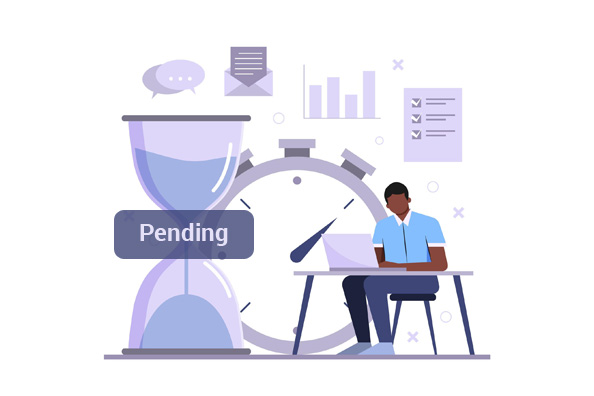
“Guide to understanding rental income-related tax and regulations for landlords”
Owning a buy-to-let property in Scotland can be very profitable, but involves several tax and regulatory criteria that must be met. All landlords will need to understand the use of CGT, income tax, and LBTT (Land and Buildings Transaction Tax) with ADS. In addition to tax, it is vital to avoid fines by following all local council’s rules, local energy efficiency standards, and private residential tenancy restrictions. This guide highlights key taxes and regulations associated with buy-to-let properties in Scotland.
Buy-to-Let Properties in Scotland: Key Taxes and Regulations
In Scotland, the landlords, who own the buy-to-let properties are exposed to several taxes and regulations. Here’s an overview of the key taxes and regulations that apply:
Land and Buildings Transaction Tax (LBTT)
The Land and Buildings Transaction Tax (LBTT) is an excise duty charged on ownership transfers in land and buildings in Scotland. To the buy-to-let investors, LBTT is important since an Additional Dwelling Supplement (ADS) of 4% is levied on top of the standard LBTT rates when purchasing a second home or an investment property. LBTT rates for residential property are 2% up to £250,000 and 10% up to £750,000.
Income Tax on Rental Income in Scotland
Scotland residents must pay income tax for the income they get from buy-to-let properties. It combines with any other personal income that one may be receiving such as wages, or pension, and is taxed at the rates set by Scotland. But herein, landlords can reduce their taxable rental income based on allowable expenses.
Income Tax Rates in Scotland:- Starter rate: 19%: £12,571 – £14,732
- Basic rate: 20%: £14,733 – £25,688
- Intermediate rate: 21%: £25,689 – £43,662
- Higher rate: 42%: £43,663 – £125,140
- Top rate: 47%: Over £125,140
Capital Gains Tax (CGT) on Buy-to-Let Property in Scotland
Any buy-to-let property owner will incur a liability to pay CGT on the sale of the property, as long as it was sold for more than its purchase value in Scotland. Even as Scotland has its income tax regime, CGT rates are guided by UK regulations. Since penalties may be imposed for noncompliance with CGT regulations, careful preparation is crucial.
CGT Rates for Residential Property Sales:- 18%: Basic rate taxpayers
- 28%: Higher or additional rate taxpayers
Private Residential Tenancy (PRT) Rules
The Private Residential Tenancy (PRT) arrangement, which offers renters a great deal of protection, is required for all new leases in Scotland. One crucial component of PRT is the “notice to leave” which requires landlords to provide the correct notice based on the reasons for eviction such as selling the property or the tenant's unpaid rent. With three months' notice, rent hikes are permitted once every twelve months.
Council Tax on Buy-to-Let Properties in Scotland
Council Tax is payable on most of the houses in Scotland, including the houses that are let for rent. However, the rules around who pays Council Tax whether a tenant or the landlord, might differ especially in the case of unoccupied dwellings or HMOs. These obligations are important to comprehend for landlords so as not to get caught up in bills or fines they were not aware of.
In conclusion, careful planning and a complete understanding of the pertinent requirements are necessary to successfully navigate Scotland's buy-to-let tax environment. To be compliant and optimise profitability, landlords need to be aware of everything from income tax on rental income and LBTT with Additional Dwelling Supplement to capital gains tax on property sales and council tax obligations.








